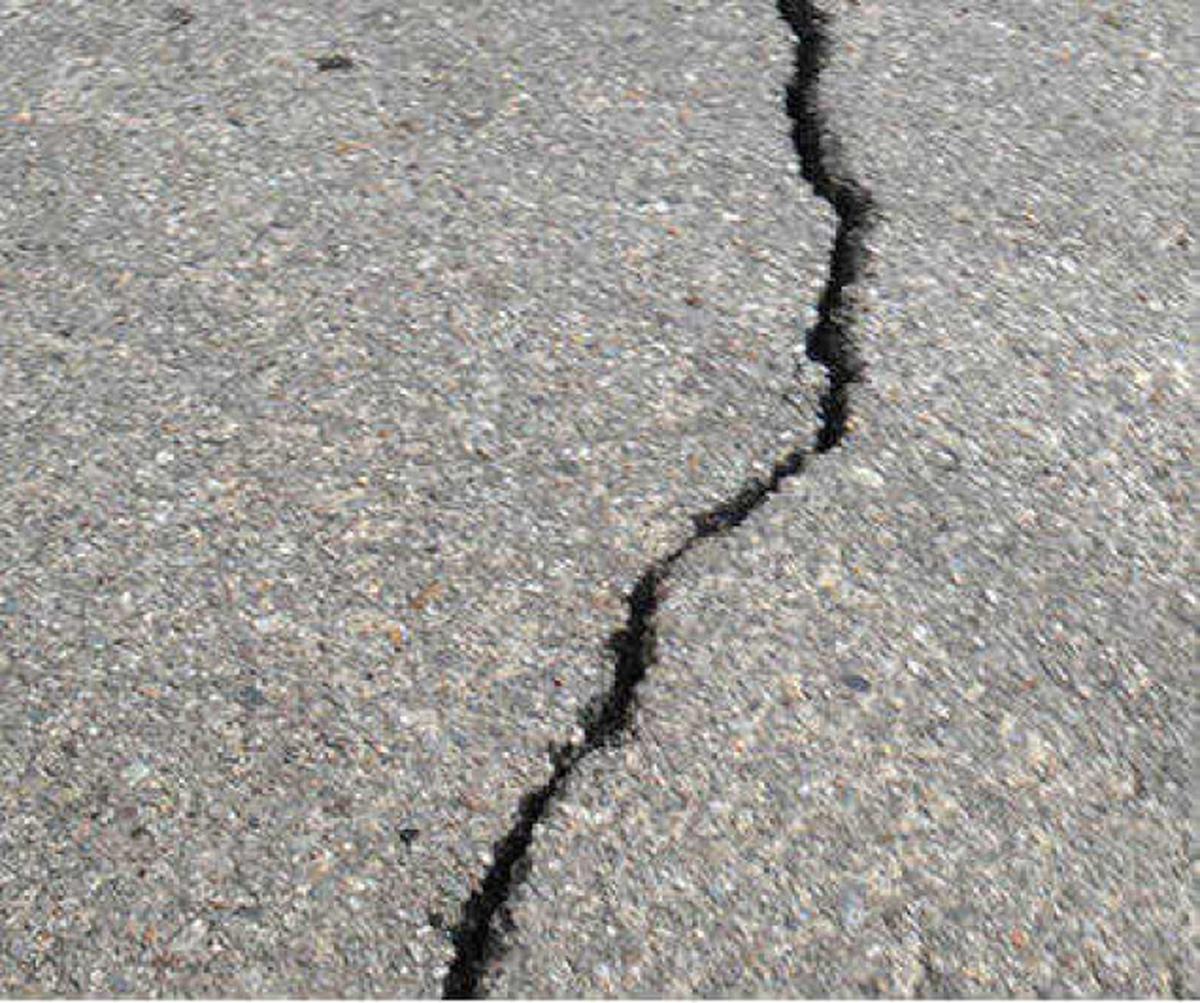
5.9-magnitude earthquake jolts Nepal
The Hindu
There was no immediate report of any damage or casualties
A 5.9-magnitude earthquake jolted Nepal's capital Kathmandu and adjoining areas on October 19, forcing many people to rush out of their homes for safety, local media reports said.
The epicentre of the quake was on the Nepal-China border in Sindhupalchowk district, My Republica newspaper reported.
The earthquake was felt in the Kathmandu Valley and neighbouring districts at 3:07 p.m. on Wednesday, the paper said.
There was no immediate report of any damage or casualties.
In April 2015, a devastating earthquake of 7.8-magnitude rocked Nepal, killing nearly 9,000 people and wounding nearly 22,000 others. It also damaged over 8,00,000 houses and school buildings.

‘Instead of accusing Gen-Z of lacking skills or discipline, we need to ask what drives them’ Premium
At a recent event held in the city, Cambridge University Press & Assessment launched an advisory panel comprising leaders from top global corporations, aiming to bridge the employability gap in India and better align academic output with industry needs. A whitepaper released at the event highlighted the growing importance of communication skills, the need for stronger collaboration between industry and universities, and strategies to bridge the persistent skill gap.

Under the NBS, newborns are screened for communication disorders before they are discharged from the hospital. For this, AIISH has collaborated with several hospitals to conduct screening which is performed to detect hearing impairment and other developmental disabilities that can affect speech and language development. The screening has been helping in early intervention for those identified with the disorders, as any delay in the identification poses risk and affects successful management of children with hearing loss, according to AIISH.











